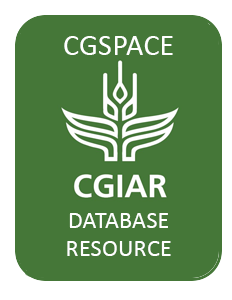Resource information
The primary aim of this study is to explore what the local water sources are, how they are
prioritized, how communities are coping with water scarcity, how water is locally governed
and controlled, and how decision-making dynamics at the household as well as community
levels impact the choice and use of improved and unimproved water sources, as well as the
differentiated impacts these choices have on women and men. Rural households in Kenya
must make a complex set of decisions around water source choices as they lack secure water
access, particularly during the dry season. The study communities of Bomani and Kidzini North
rely on multiple sources of water to choose from that are of different quality and reliability,
with a large share of households relying on unimproved water sources, such as unprotected
dams and water pans. Even these unimproved water sources become scarce in the dry season
and in periods of prolonged drought. As such, this study seeks to understand what coping
mechanisms are being used by community members when water and money run out.
Qualitative analysis is used to examine what benefits and trade-offs are associated with these
strategies, and how these benefits and trade-offs impact men and women differently due to
socially prescribed gender roles.


